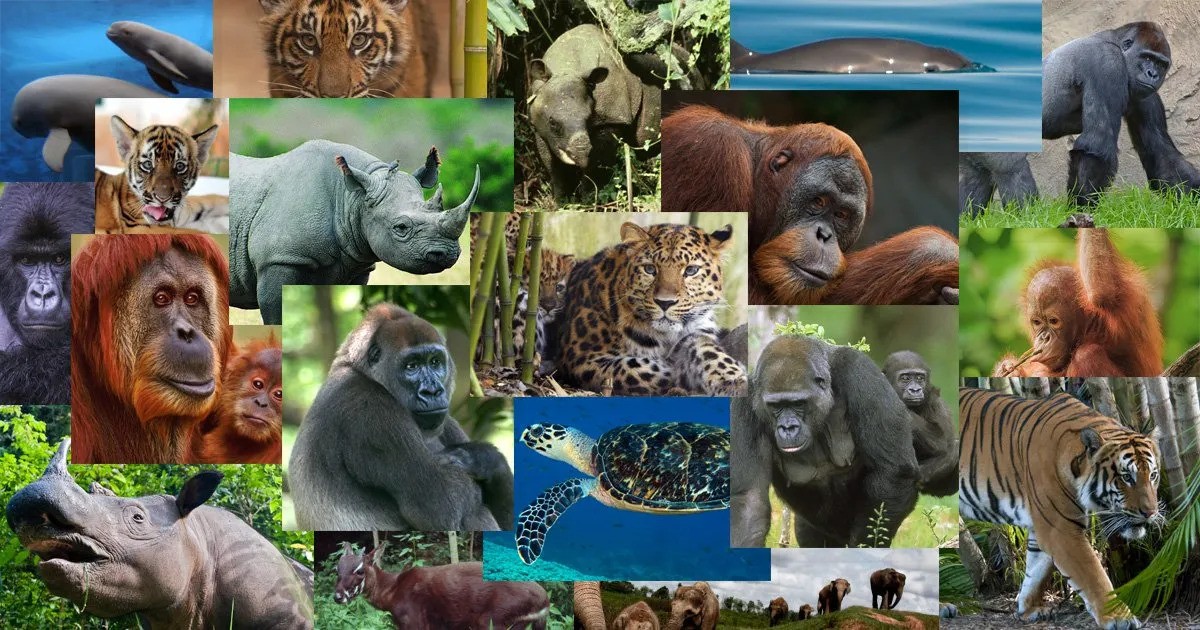When we think about animals, one of the first things that come to mind is often their fur, feathers, scales, or other outer coverings. But have you ever stopped to wonder why different animals have such varied coverings? From the sleek fur of a cheetah to the colorful feathers of a peacock, each type of covering serves a specific purpose and tells a fascinating story about the creature it belongs to. In this blog, we’ll explore the diverse world of vögel coverings and uncover the secrets behind their form and function.
Fur: Fur is perhaps one of the most common types of animal coverings, found on mammals ranging from domestic cats to polar bears. But not all fur is created equal. Take, for example, the thick, insulating fur of Arctic animals like the Arctic fox. This fur is not only soft to the touch but also serves as a crucial adaptation for surviving in freezing temperatures by providing warmth and insulation against the cold. On the other hand, the sleek fur of animals like cheetahs and dolphins helps them glide effortlessly through water or sprint across land, reducing drag and enhancing their speed and agility.
Feathers: Feathers are unique to birds and play a multitude of roles beyond just flight. While flight feathers are crucial for enabling birds to take to the skies, feathers also serve other important functions such as insulation, camouflage, and communication. Consider the vibrant plumage of a peacock, which is not only visually stunning but also plays a key role in courtship displays to attract mates. Additionally, the downy feathers found underneath the outer layer of feathers in birds like ducks and geese provide excellent insulation, keeping them warm in cold climates.
Scales: Scales are characteristic of reptiles and fish and serve as a protective outer layer. In reptiles such as snakes and lizards, scales provide defense against predators and help prevent water loss by creating a waterproof barrier. Fish scales, on the other hand, are typically small, overlapping plates that not only offer protection but also aid in swimming by reducing friction with the surrounding water.
Exoskeletons: Some animals, such as insects and crustaceans, possess exoskeletons – hard, external coverings that provide support and protection. These exoskeletons are made primarily of chitin, a tough, rigid substance that allows for flexibility and mobility while also offering structural support. Insects, for example, rely on their exoskeletons not only for protection but also for muscle attachment, enabling them to move and interact with their environment effectively.
Adaptations and Evolution: The diversity of animal coverings is a testament to the incredible adaptability of life on Earth. Over millions of years of evolution, animals have developed specialized coverings that enable them to thrive in diverse habitats and ecological niches. From the thick fur of Arctic mammals to the iridescent feathers of tropical birds, each type of covering has evolved to meet the specific challenges and opportunities presented by its environment.
Conclusion: Beyond their aesthetic appeal, animal coverings serve a multitude of important functions, from insulation and protection to communication and camouflage. By understanding the form and function of these diverse coverings, we gain valuable insights into the remarkable diversity of life on our planet and the fascinating ways in which animals have adapted to their environments.
